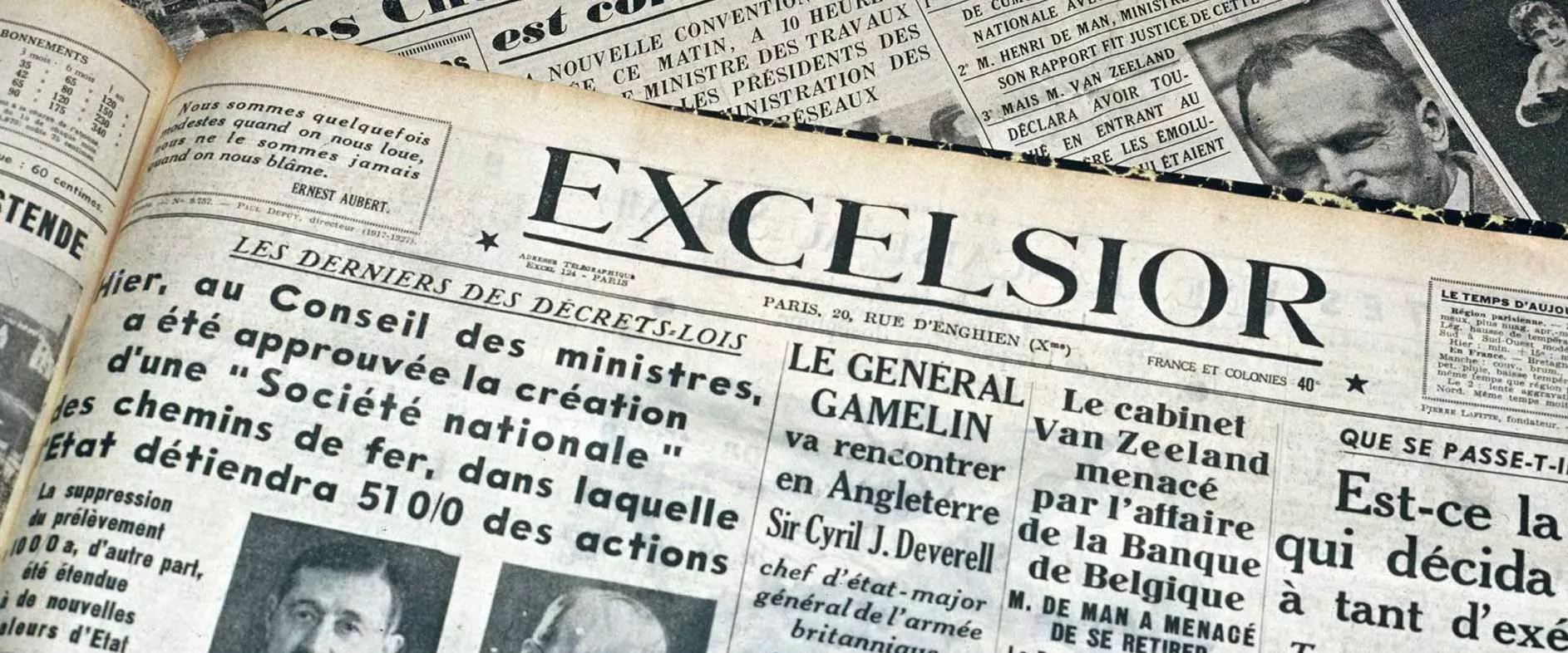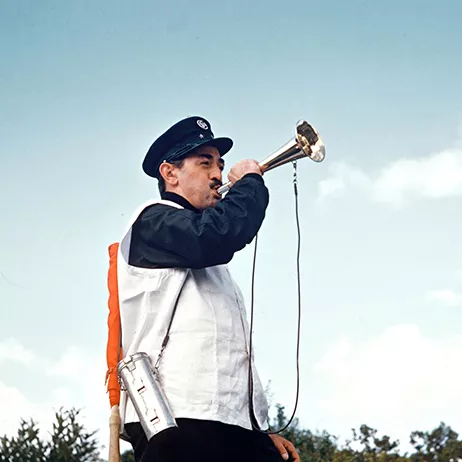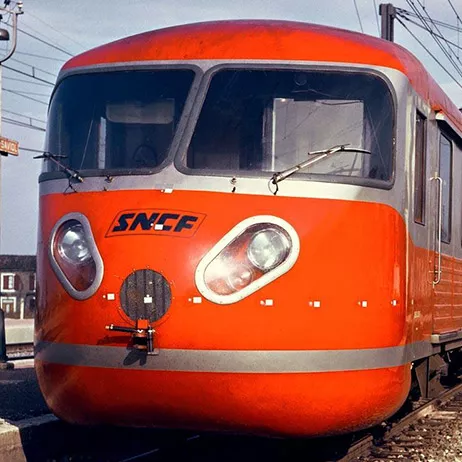
Learn about our archives
Our Archives and Documentation Service (SARDO) is our working memory. Learn more about SNCF Group—past and present—when you explore our archives and media collection.
SARDO
Want to know more about the history of rail in France? Whether you’re a professional or a simply a passionate amateur, SARDO has been the largest corporate archive in France for nearly 20 years. It’s a working memory for SNCF Group and the employees who’ve shaped it.

Photographs, posters, sound recordings, and more
Our collection contains not only handwritten and print documents, but photographs, posters, sound recordings and audio-visual materials. Our Archives and Documentation Service (SARDO) is available with historical and cultural riches to help with your research project.
France’s Heritage Code
SNCF Group’s archives are open to the public, and under Articles L213-1 and L213-2 of France’s Heritage Code (Code du patrimoine) they may be released to anyone upon request.
Our archives
You’ll find our collections housed at three SARDO locations. They house a rich historical and cultural collection retracing the adventure of rail and the story of passenger and freight transport in France and beyond:
- To visit our National Centre for Historic Archives in Le Mans, please contact us 48 hours in advance. The address is 2, avenue de Bretagne, 72100 Le Mans
- To visit our National Centre for Employee Archives in Béziers, please contact us 48 hours in advance. The address is rue du Lieutenant Pasquet, 34500 Béziers
- Visits to the SARDO Media Collection are by appointment only. The address is 5, rue Francis Pressensé, 93210 Saint-Denis
Our collections
SNCF archives retrace more than a century of French rail history, from the very first contracts—dating back to the creation of the network—to the present day. They also offer insights into our operations in France and beyond, and into how we manage our operations, our infrastructure and our stations.
Le Mans archive
The National Centre for Historic Archives in Le Mans holds a complete set of documents, posters and objects recording rail technologies, operations, infrastructure, rolling stock, architecture, business practices, sales and advertising.
The collection includes:
- files on our Board of Directors dating back to 1938
- texts of internal regulations
- archives on the departments responsible for budgets, finance, employment and sales policies, plus a fine collection of tourist posters and brochures
- files on the divisions responsible for equipment, rolling stock and transport, dating back to SNCF’s predecessor companies
- plans for rolling stock, stations and earthworks
- nearly 1,600 serial publications spanning the period from 1842 to the present. These include in-house serials (among them Bulletin PLM, Le PO illustré, Notre Métier and Notre Trafic), union publications, a number of foreign-language publications, and magazines on the history of rail and model trains.
- a photography collection containing post cards, lithographs, photographs and glass plates dating back to before 1945
- a large number of rail-related objects, including 400 locomotive crests, railroad watches, employee uniforms, and vintage lapel pins worn by employees in the past.
Béziers archive
Interested in the history of railway workers? At the National Centre for Employee Archives in Béziers, you’ll find files on the employees who helped shape our areas of expertise and make SNCF what it is today. This includes records on over 800,000 railway workers, with career information, pension files and employee registers covering:
- employees of the railway companies that combined to create SNCF: Est, Alsace-Lorraine, Nord, Ouest-Etat, Paris-Orléans (later Paris-Orléans-Midi), Paris-Lyon-Méditerranée
- SNCF employees (permanent staff; auxiliary/contract workers and executives)
- employees of the North African networks

Media collection at La Plaine-Saint-Denis
The SARDO media collection is SNCF’s visual and audio-visual memory, from the past to the present. This archive showcases the company’s image, providing material to sources in cinema, television and other media.

500,000
colour and black-and-white photographs

7,500
dating from the 1930s and an image bank of subject-specific videos since 1990

1,400
sounds from the history of rail—passing trains, signals, klaxons and more.
Archives for the war years 1939-1945
SARDO is publishing all of its war-era documents online, in accordance with the deadlines for releasing public archives set by France’s Heritage Code (Code du patrimoine).
These resources were so important and covered so many topics that we have digitized the collection from this period, both to fulfil our commitment to transparency and to preserve these fragile historic materials. This applies to all of our archives from 1939-1945, including all files on activities that were unrelated to the war but took place during this period.
A number of key themes stand out sharply: relations with occupying forces, how the company operated during the conflict, regulatory texts drafted by the Board of Directors and its decisions between 1939 and 1945.
Two ways to search
You can do a guided search using our Research Guide, which catalogues SNCF materials for the period 1939-1945. In keeping with best practices for their field, our archivists have reclassified these materials by source. To simplify the search process, the archives are now organized by department and grouped into 18 entries. The appendices to the Research Guide show SNCF’s structure from its creation through 1945. Taken together, these diagrams and organizational charts show how each department evolved over time.
Keyword search
Do a keyword search using the 1939-1945 historical archive database, available on the SARDO website.
Lists of deportees
You can access the digitized archives by clicking on the links in the description for each record. These archives do not contain lists of deportees, which can be found on the online portal of the Shoah Memorial’s Documentation Centre.
Share the article